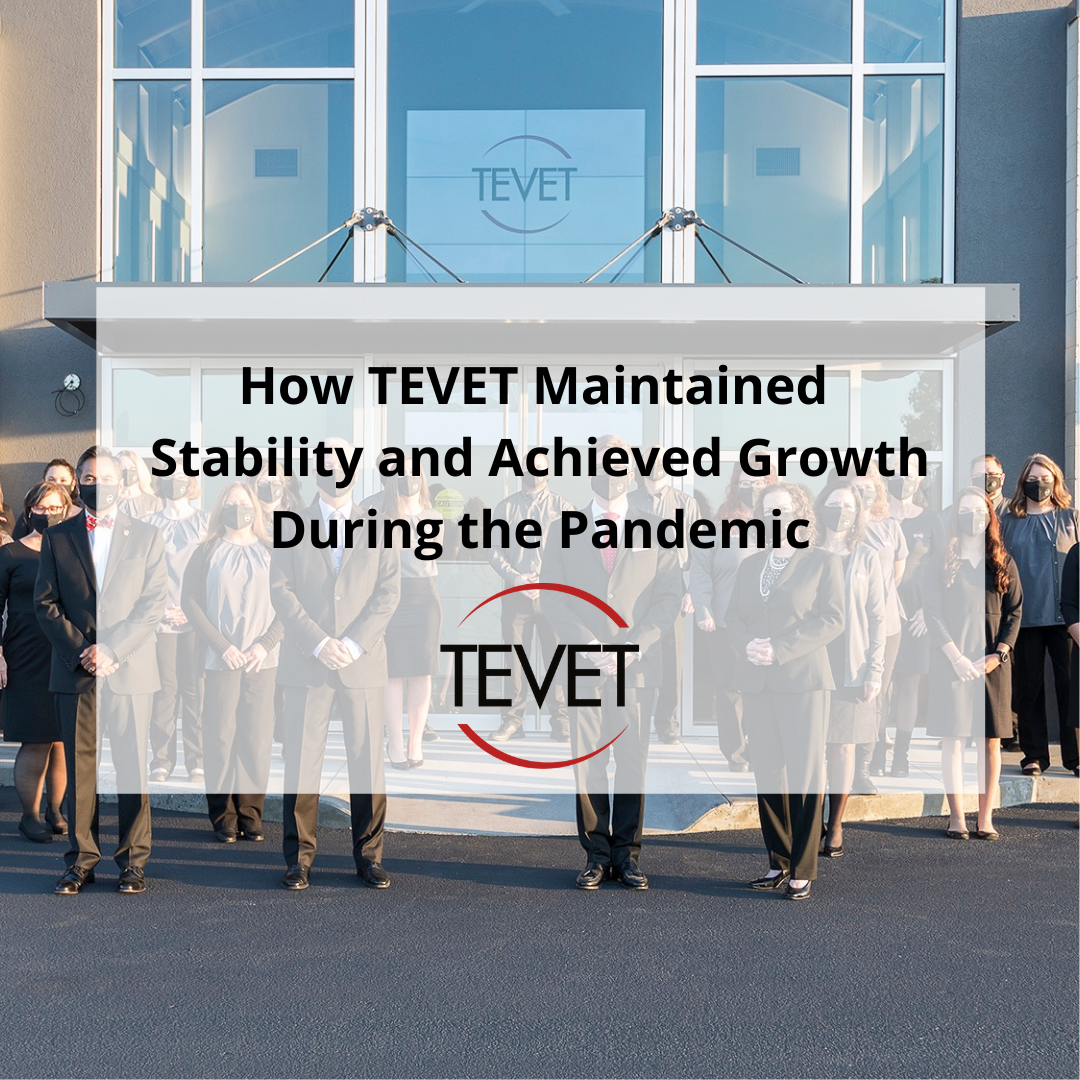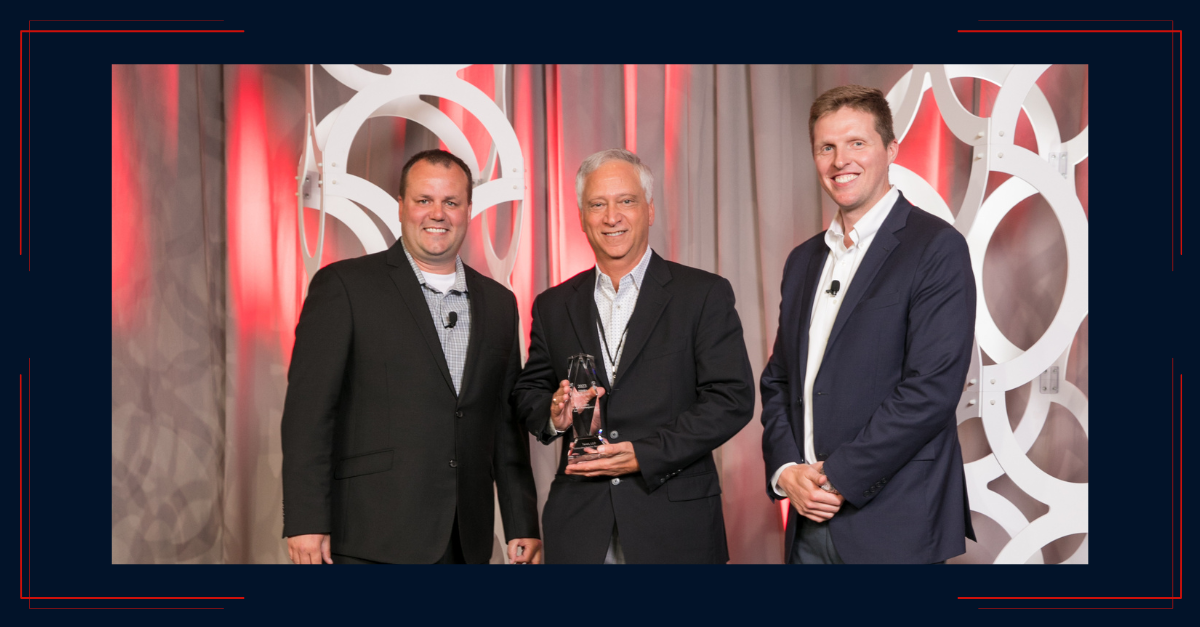The COVID-19 pandemic brought new challenges through navigating the unexpected while sustaining business. As a small business owner with Tier 1 clients, it was imperative to keep our business operating smoothly and effectively. While small businesses come with challenges, they also can shift and pivot more quickly than large enterprises in many ways. This post discusses the quick pivots we made to create stability, as well as ways our infrastructure changed that will create long-term preparedness and success.
8 Ways We Created Stability for Major Stakeholders
In a crisis, we knew we needed to address three major groups: Employees, Customers, and Suppliers, and we handled each of these groups very differently. Overall, our goal was the same, and we made changes as a company to create stability for each of the three groups.
Employees: Our staff became an immediate focus, here are three key ways we supported the staff:
- Work environment: First, we sent everyone to work from home. This was not much of a change because of policies and technology we already had in place. Our employees all have their same computer/monitor setup at home, they have network access at home, and they already engage with remote staff with an “always-on” approach to video during conference calls.
- Communication: The next big pivot was ramping up communication. We started having weekly all-hands meetings where we talked about organizational updates as well as personal ones. We shared the conversations we would have had about clients and accounts as well as the ones we would have had over lunch if we were all in the office together. Managers had weekly meetings with their teams. Some employees needed more flexible schedules and managers had discretion to work with their teams on what their hours looked like.
- Mental Health: A third focus for us was mental health. We engaged the services of a motivational leader, who met with us weekly. We read a book with the motivational leader, and he focused us on the positive and gave us positive exercises and motivational challenges to work on each week. This was a life saver and changer for many employees. The positive impact was significant, and we continue to share his techniques in our daily work with each other.
Customers: Amidst these staff changes, we had to take care of customers, we did this by:
- Communication: With customers, we made contact immediately. This was challenging for some, as their home networking made work difficult for the first month, but we made contact as quickly possible with the customers who had open orders.
- Tracking: From there, we went into extreme tracking and follow-up mode – communication was imperative, and we wanted our customers to assume they were getting the information they needed from us as soon as it was available.
- Platforms: From day one, even as a small business, we started with a cloud-based, enterprise-level ERP. While we did not necessarily need that much functionality from the start, it allowed us to connect with our customers and work how they worked. This platform became critical to maintain orders and communication with customers during the pandemic.
Suppliers: The third key group for us is suppliers, and we also needed to pivot with them to maintain a strong business. We handled this through:
- KPIs: Another change we made was to our supplier scorecard, where we went from quarterly reviews to monthly to even weekly or sometimes daily check in's with suppliers. We changed our internal metrics of how we measure suppliers to make sure we were servicing clients correctly. These conscientious acts built loyalty among customers also.
- Supply Chain: We also have a diversified supply chain to protect us – we knew if we could not get a needed part from one company, we could go elsewhere, we even have a rental supplier that we could work with to meet needs on a temporary basis to avoid shutdown. These opportunities were all things we had setup pre-COVID and could really benefit from leveraging.
5 Infrastructure Changes that Foster Growth Amid a Crisis
As time goes on, we must invest in more options for flexibility as small businesses. If businesses and leaders hold on to a few of these infrastructure changes we have learned from, we will have happier, healthier, more productive offices as we come out of this.
Here are five key infrastructure changes that can help companies fare better in the future:
- Make working flexible: We already had all our staff set up at home with the monitors and tools they required in case they needed to stay home with a sick family member, or just needed an afternoon with zero interruptions to knock out a few deliverables. Before COVID, they may have used this at-home option 10% of the time, but the infrastructure was there to easily pivot to 100% use.
- Notice the community around you: We have always invested in our community, but the pandemic shifted us to thinking about how we could specifically support those around us immediately. We provided the masks that the fire department, law enforcement, EMT, and school staff needed to work safely. We sent hand sanitizer to every employee’s household in the early days where hand sanitizer was nowhere to be found. Knowing the key employees who are most connected to community needs will give you the infrastructure to help when help is needed.
- Have a peer network: Leadership groups and working groups provide a place for your team to gather information and share best practices. These programs have many resources and there will be quarters where you use the resources a lot, and quarters where you are too busy to take advantage of it, but the access is key.
- Safeguard your supply chain: Thinking of creative ways to safeguard your supply chain makes you less susceptible to risk. By having an infrastructure that includes varied suppliers and even the option to solve supply issues differently will help you stand out among competitors.
- Create momentum for the future: Common goals keep people looking at the future and making sure they are not worrying about today. For us, we were in the middle of a huge building and renovation project for our headquarters. And we kept that going through the pandemic. We were creating an office and space that embodied our company culture and values and gave us a massive increase in space to accommodate more business. Our employees have had a leadership team telling them, “we can’t wait for what’s next,” and “we’re creating intentional space for you.” We were able to pivot and make long-term changes to the building plans, like touchless bathrooms, and practices, like deep cleaning protocols. In the meantime, we also added an industry leader to our executive staff as CTO. This investment in leadership brings opportunities to better serve clients in the future, too.


